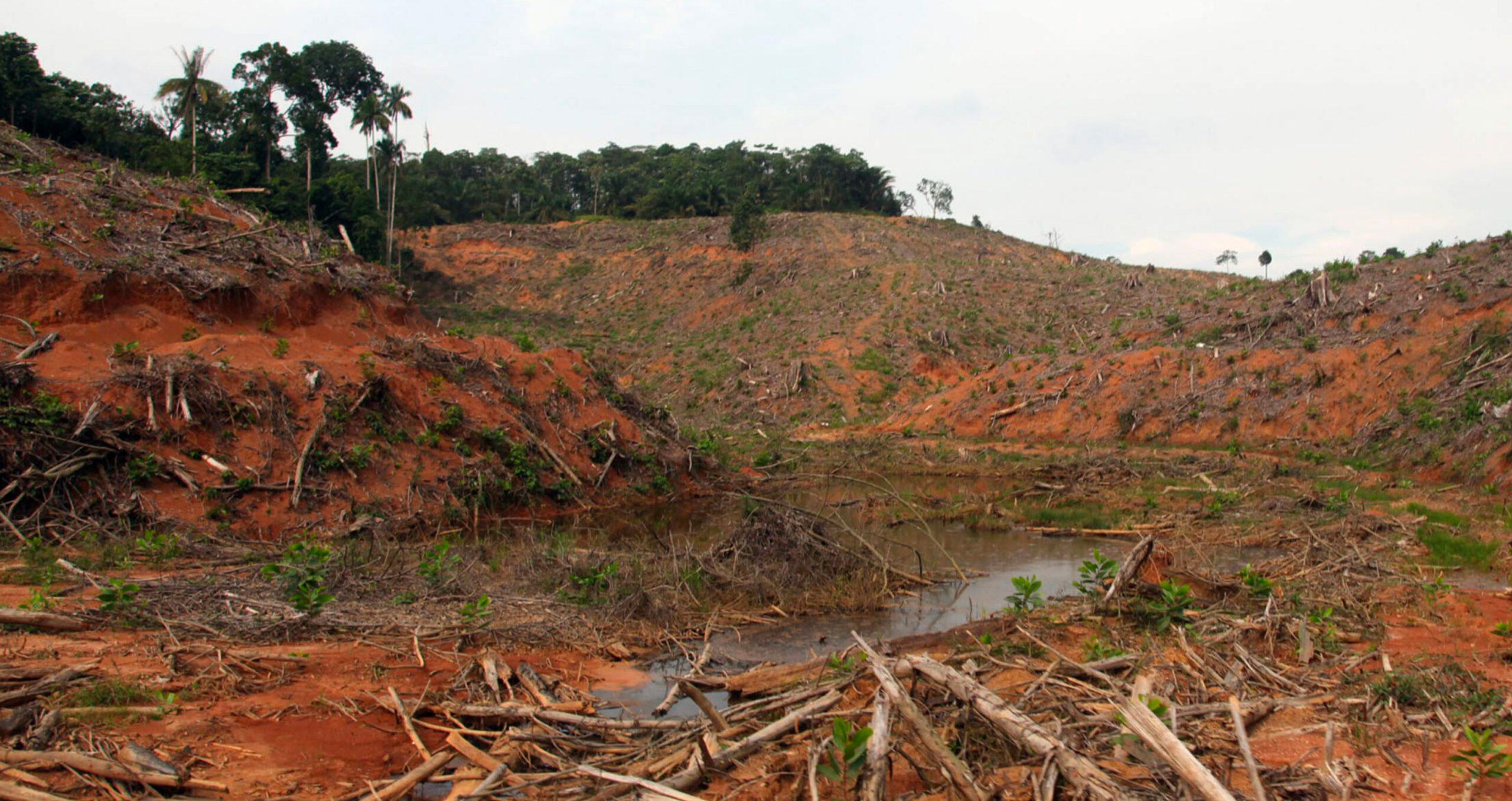
Stronger nature policy may lead to biodiversity offsets market, says IPR

Analysis by the UN-backed PRI’s Inevitable Policy Response points to greater regulation to protect nature and the creation of biodiversity markets.
The Inevitable Policy Response, a UN-backed Principles for Responsible Investment’s consortium, has published analysis on possible government responses to nature loss, which include stronger land protection measures and incentivise the creation of new markets for companies and investors.
For example, while policy action exposes companies producing or procuring commodities linked to deforestation to risks related to market access, liability and reputation, it also boosts new markets, like alternative protein production and so-called second-generation bioenergy, noted the IPR. Existing governmental plans, such as Australia’s initiative to protect threatened species, point to the development of a market for biodiversity offsets.
In the document presenting its ‘Forecast Policy Scenario + Nature’ analysis, the IPR said land protection and restoration activities could be worth as much as $22bn in annual turnover in 2030, climbing to $204bn in 2050. Potential annual revenues from biodiversity credits could be as high as $43bn in 2050.
“The policy response to the nature crisis could result in material shifts to economic and financial value in critical sectors,” said Jason Eis, executive director at consultancy Vivid Economics. “Regulators increasingly expect financial institutions [to] manage these nature-related impacts and risks alongside climate risk.”
Restoring degraded land
A fifth of the global land area that has high levels of biodiversity and carbon value could be protected by 2030 through stronger regulation, according to IPR. The greatest increase in protections has been observed in Canada, Australia and New Zealand, which already have the relevant frameworks. The international goals set at the most recent UN biodiversity conference, COP15, to protect 30 per cent of land and sea by 2030, were not considered in the study as details of those targets are still lacking.
IPR expects regulation in developed countries that have lower protection rates, as well as developing policy in south-east Asia and Latin America, which are rich in biodiversity.
Up to 40 per cent of global land is considered degraded. IPR said renewed government efforts to restore degraded ecosystems – backed by the private sector – could restore 4 per cent of global land area by 2030. By 2050, policy could help restore an additional 6 per cent of land, with more than 70 per cent of this achieved by 2030.
The EU and the UK could host the largest share of global restoration, along with tropical Africa. However, there would likely be “limited restoration in low commitment regions such as Russia and developed east Asia”, it said.
Carbon and biodiversity credits would help finance private sector-led land restoration.
Voluntary carbon markets, which allow companies to buy emissions offsets, are starting to proliferate around the world. However, there have been questions over their credibility, and a recent review of Australia’s carbon market called for governance reforms in order to increase transparency and avoid potential conflicts of interests.
Nevertheless, IPR expects the development of similar markets for biodiversity credits, which would direct private sector funds towards projects that focus on biodiversity.
Governments could provide funds and develop credit market infrastructure or encourage the private sector to get involved, the document said, while the private sector could develop pilot schemes and best practice for creating and buying the credits.
Photo credit: Bloomberg
Similar Articles

Carbon markets experts grapple with role of removals in ETS

Governments should ‘tax billionaires’ to fund climate adaptation, says former Irish president


